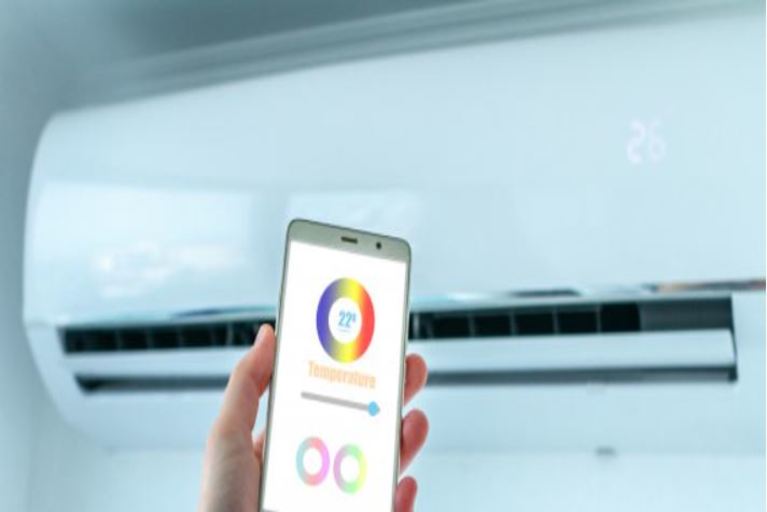
Are you tired of your old window Air-Conditioner (AC)? If your answer is ‘Yes’ then it’s time to move on towards a smart AC. Now you are thinking about that; what smart AC is? That’s why we are here. Let get started.
What is Smart Air-Conditioner?
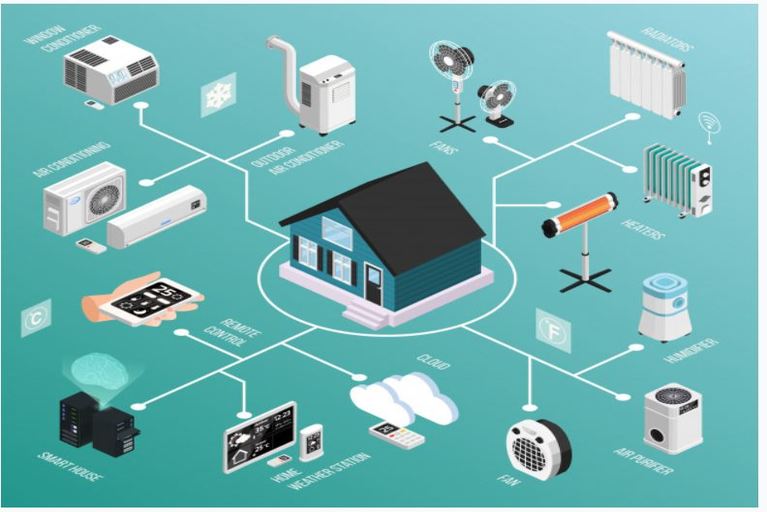
Internet of things to built smart home
These types of Air-Conditioners are part of the new class of home technologies. It also considers under the internet of things (IoT) devices. Home technologies allow you to use the product with your home Wi-Fi through your smartphones or tablets.
In short, you don’t even have to be home to adjust the temperature of your Air-Conditioners. Most of the IoT devices or products can also be used with other smart home devices like Amazon Alexa or Google Home, meaning you can now control IoT devices on your voice commands.
What makes a Smart Air-Conditioner Smart?
Here we are going to discuss the unit that makes normal Air-Conditioners into smart Air-Conditioners. The core requirement for a smart Air-Conditioner is the ability to connect to Wi-Fi. Through a Wi-Fi connection, you can control your Air-Conditioner remotely by using your other Wi-Fi-enabled device. In a simple word, a dedicated IoT hardware is responsible to perform this action by using the software. This software is generally designed for your smartphones, by smart Air-Conditioners manufacturers.
IoT unit at Air-Conditioner end:
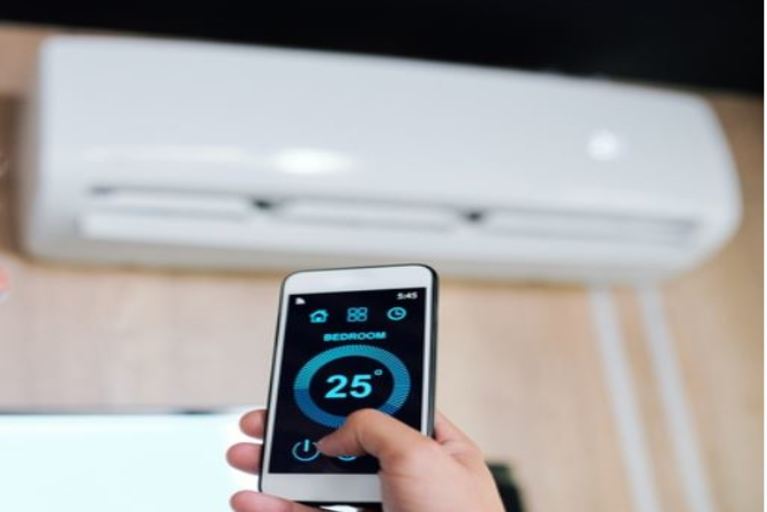
Smart Air Conditioner
This hardware unit is common in most internet of things devices. We can segregate elements of the IoT circuit in these forms.
- Sensors
- Wireless connectivity
- Power management
Sensors:
When you look at the internet of things or IoT-enabled devices, it’s all about gathering information to facilitate actions or services. And it is being done various types of sensors. These sensors are commonly used in smart Air-Conditioners.
- Temperature sensors
- Humidity sensors
- IR sensors
- Camera
Temperature sensors:
These sensors are electronic components or sometimes may be a device that measures the temperature of its environment and converts the input data into electronic form to record monitor, or control temperature changes. There are different types of temperature sensors. Some of them require direct contact with the physical object that is being monitored, while others indirectly measure the temperature of an object. The first types of temperature sensors are being used with IoT units to control the temperature of Air-Conditioners, like Thermistors.
Humidity sensors:
A humidity sensor is a device that detects and measures the humidity in its environment and converts its finding into a corresponding electrical signal. These sensors are varying sizes and functionality; some humidity sensors can be found in handheld devices (such as smartphones), while others are integrated into larger embedded systems (such as Air quality monitoring systems, Air-Conditioners).
IR sensors:
An infrared sensor (IR-sensor) is an electronic device that measures and detects infrared radiation in its surrounding environment. Two types of IR-sensors are being used: Active and Passive.
Active IR-sensors have two parts; one is IR-LED and another is IR-receiver. When an object comes close to the sensor, the infrared light from IR-LED reflects off of the object and is detected by the IR-receiver. Active IR-sensors are commonly used in obstacle detection systems, like in robots.
Passive IR-sensors (PIR) only detect infrared radiation from the object. There is no IR-LED. PIR sensors are most commonly used in motion-based detection, such as in-home security systems. When a moving object that generates infrared radiation enters within the sensing range of the detector, it gets activated.
These sensors are not being used in Air-Conditioners. But it can be used in upcoming days to control the cooling of Air-Conditioners automatically.
Camera:
This is not an important unit for Air-Conditioners as a sensor but it is favorable in case of security purposes. Some of the manufacturers are providing cameras in smart Air-Conditioners on the demand of the consumer.
Wireless connectivity:
The IoT devices perform their operation in an ecosystem where nodes communicate with each other with the data consolidated by a centralized controller that enables access to the internet-enabled application. So, wireless connectivity plays a crucial role in bringing the various IoT together. Common transceivers for intra-connectivity are:
- Bluetooth
- Zigbee
- LoRa
- Wi-Fi
To enable internet access to your device, you will be using transceivers such as:
- GSM/LTE
- Wi-Fi
Smart Air-Conditioner uses Wi-Fi connectivity for both types of communication, either for intranet or internet.
Power management:
While using IoT devices power must be available with zero-day tolerance. It is being achieved by battery backups. Also, you will need to design your IoT network in a power-efficient manner. This means, opting for power management ICs or using voltage regulators with a very low taciturn current. On the internet of things, every micro-Ampere saved can be a huge difference in the battery life of the device.
Here we have discussed IoT circuit board. Most of these boards are designed by using an Arduino or Raspberry_Pi.
Thanks for reading. See you soon with another exploration!

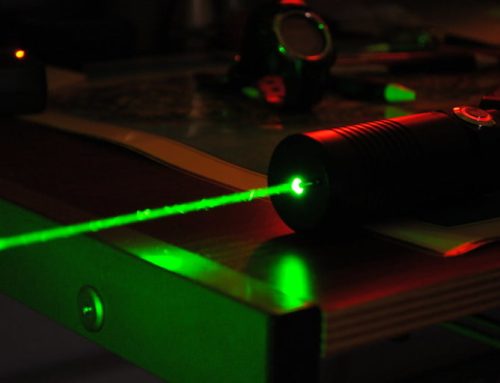
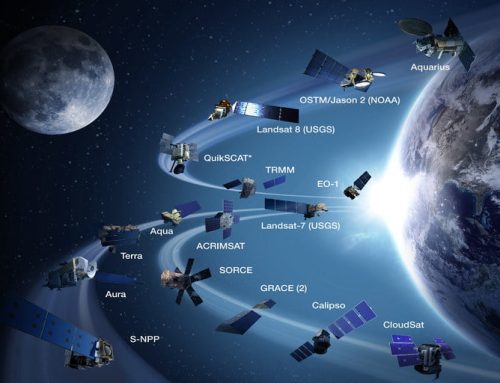

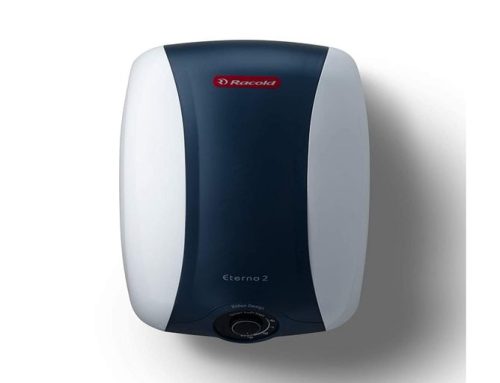

[…] the variation can cause no problem to the appliances. It protects any electronic appliance like Air-Conditioner, Refrigerator, Washing machine, and much […]
[…] are many IoT devices present to serve and improve the lifestyle of human beings, whether it is Smart AC or Smart Washing Machine. Today we are going to discuss one more IoT for your home to make them […]